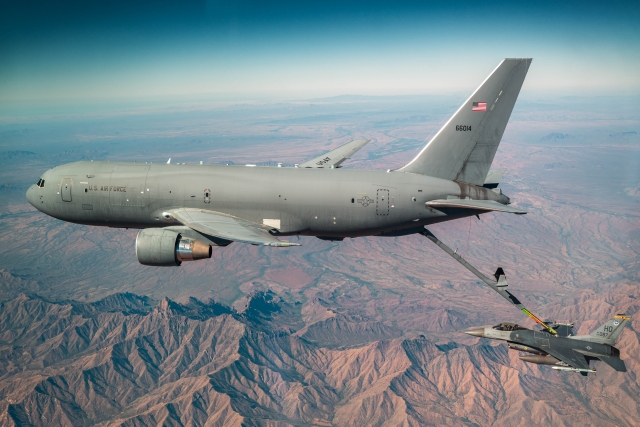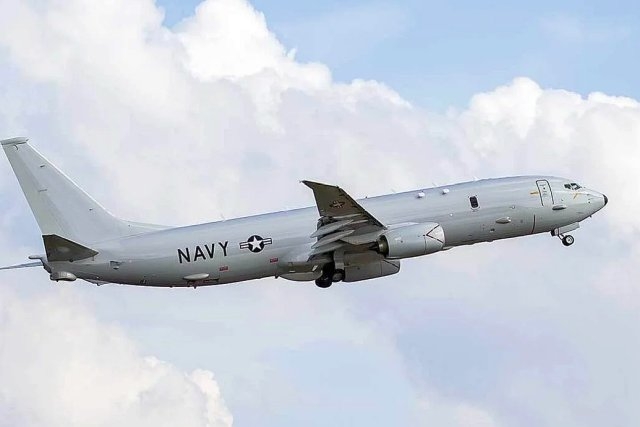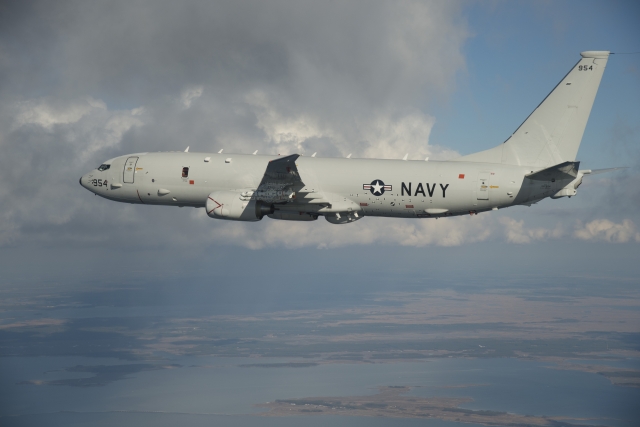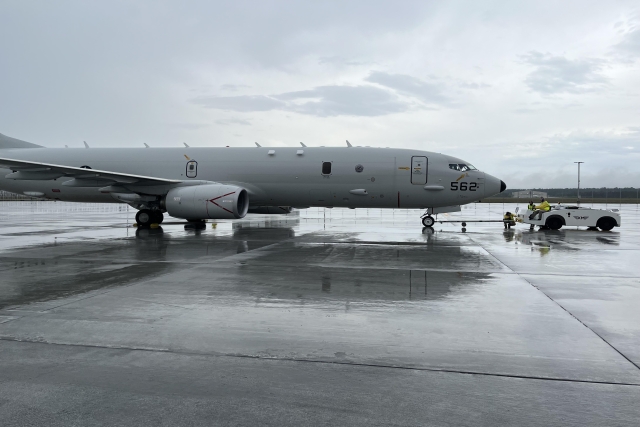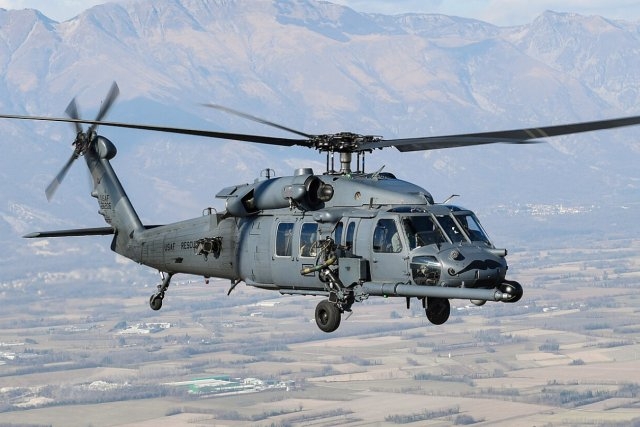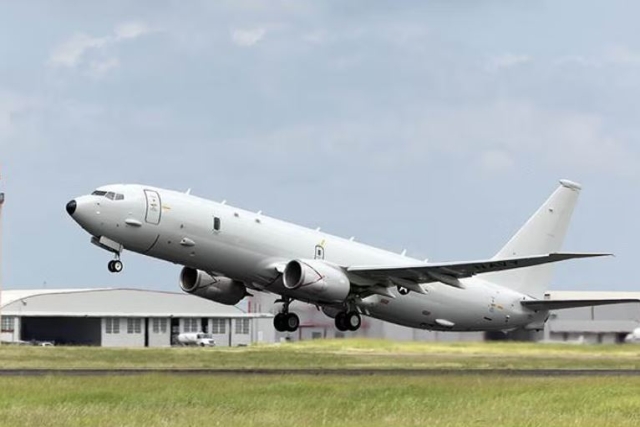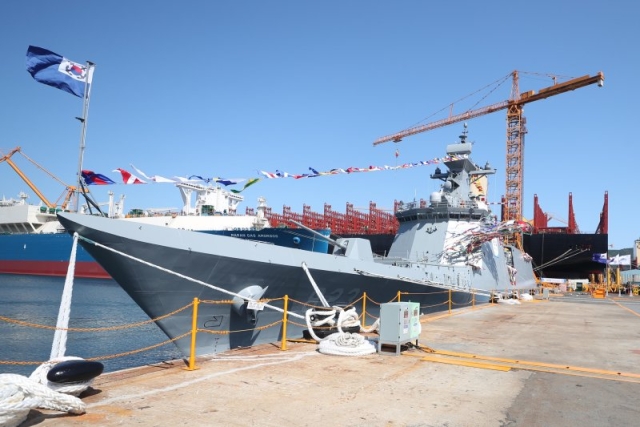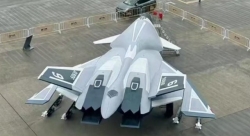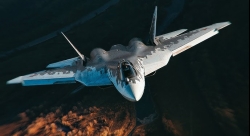France to Modify Airbus A321 Airliner Into Boeing P-8-like Patrol Aircraft
France advances A321 maritime patrol project to replace aging Atlantique 2 fleet
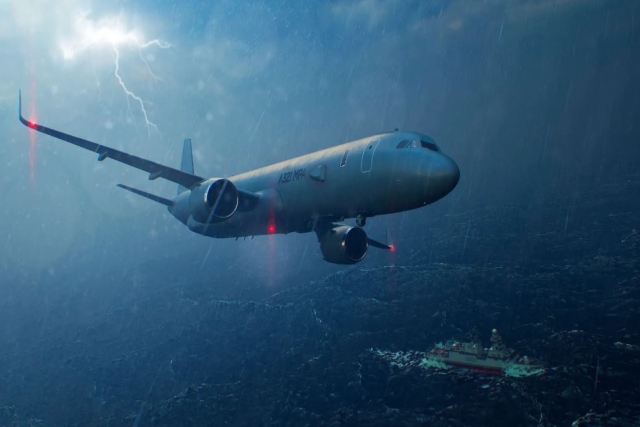
France is developing a maritime patrol aircraft based on the Airbus A321XLR to replace its Atlantique 2 fleet, as NATO allies increasingly adopt the Boeing P-8 Poseidon.
Airbus Defense and Space has begun a risk-assessment study for a new maritime patrol aircraft (MPA) based on the Airbus A321 airliner. The project, backed by the French defense procurement agency Direction Générale de l'Armement (DGA), aims to replace the French Navy’s Dassault Atlantique 2 fleet and will be developed in collaboration with European defense firm Thales.
The latest contract, announced by Airbus, extends over two years and follows an initial feasibility study launched in late 2022. This phase will focus on wind tunnel tests, defining technical specifications, and selecting onboard systems. The A321XLR variant, designated as the A321 MPA, has been chosen for the project due to its longer fuselage, which allows for increased fuel capacity, a larger payload bay, and enhanced sensor integration.
The A321 MPA is designed for missions including anti-submarine and anti-ship warfare, intelligence gathering, and nuclear deterrence support. It will feature an active electronically scanned array (AESA) radar, an acoustic system for submarine detection, a magnetic anomaly detector, and electronic support measures. Thales will provide key mission equipment, including self-protection systems and satellite communications.
The aircraft is expected to carry anti-submarine torpedoes and anti-ship missiles, with payloads housed in an internal bay and on external wing pylons. It is also likely to be armed with the Future Cruise/Anti-Ship Weapon (FC/ASW), a next-generation missile being developed jointly by France, the United Kingdom, and Italy. This system will include a stealthy cruise missile and a highly maneuverable supersonic missile, potentially capable of engaging high-value airborne targets.
The A321 MPA will replace the Atlantique 2, which has evolved from an anti-submarine warfare platform into a multi-role aircraft conducting intelligence, surveillance, reconnaissance (ISR), and strike missions. The new platform is optimized for overwater operations, aligning with NATO's renewed emphasis on maritime patrol to counter Russian naval activities.
While the Boeing P-8 Poseidon has been widely adopted by NATO members, including Germany, Canada, the United Kingdom, and Norway, France has chosen to develop its own maritime patrol solution. The A321 MPA will compete in an already saturated market where the P-8 has established a dominant presence. However, Airbus may find opportunities in regions such as the Middle East and the Asia-Pacific, where maritime surveillance demand is increasing due to security concerns in the South China Sea.
Current plans indicate that the A321 MPA will enter service in the 2030s or 2040s, with the French Navy aiming to retain its upgraded Atlantique 2 fleet until at least 2035. The success of the A321 MPA will depend on securing international buyers beyond France, as the P-8 continues to shape the maritime patrol aircraft landscape.
